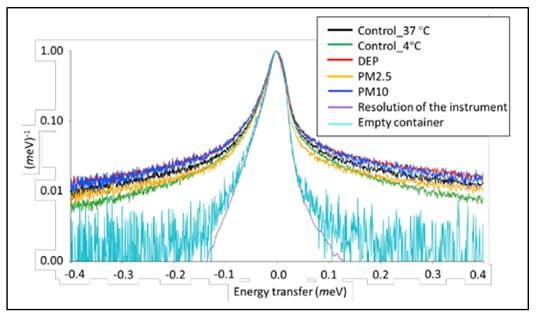According to the World Health Organization (WHO), air pollution is associated with around seven million deaths every year. Epidemiological studies have shown links between long-term exposure to air pollution and cardiovascular and respiratory diseases. More recently, evidence has suggested a link between air pollution and neurological diseases like Alzheimer's and Parkinsons disease.
Inhaled pollutant particles could have negative effects on the brain, by entering it directly through the blood circulatory system. This research looks at the how these particles interact with the blood brain barrier (BBB), which separates the blood and central nervous system. The BBB is supposed to protect the brain from toxins in the blood, but studies have suggested that it may not be successful at protecting from air pollution particles. This could lead to negative neuropathological outcomes such as earlier onset or increased prevalence of neurological disorders.
Research by the UKHSA aims to improve understanding of the mechanisms by which inhaled particles interact with the BBB. Using quasielastic neutron spectroscopy on ISIS’s OSIRIS beamline, the team are observing the effects of air pollutant particles on lipid membrane models. Developed to represent the BBB, the model they are using is composed of different types of lipids, making it very complex, but more realistic. By using ambient particulate matter (PM) and samples from specific sources such as diesel exhaust particles (DEPs), the study exposed BBB endothelial cellular models to PM and observed what happened to the dynamics of the lipids in the membrane.
Photos of the lipid membrane model samples. On the left is the control, on the right is the sample after exposure to the pollutant.
Making up the plasma membrane, lipids are a key part of the cell and are involved in many cellular events. Neutrons provide a unique insight into the lipid membrane dynamics, hopefully providing information on how air pollutant nanoparticles impact the neurological system. Preliminary analysis of the neutron spectroscopy shows a change in the mobility of the lipid molecules in presence of these particles (Figure 1).

Figure 1. The QENS spectra from measured samples.
With the increasing incidence of debilitating neurological diseases like dementia, research in this area to understand how our environment and lifestyles contribute to their onset will be vital to the development of future treatments.
